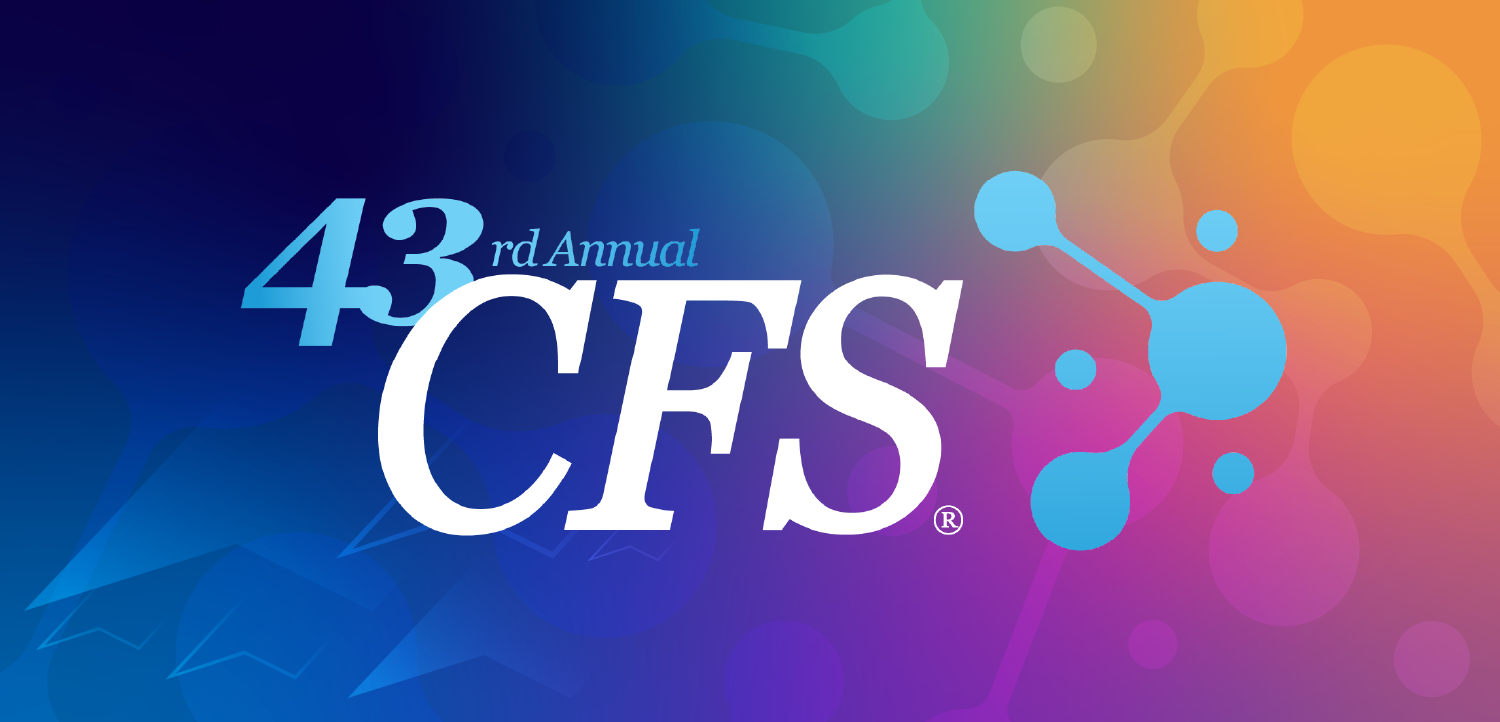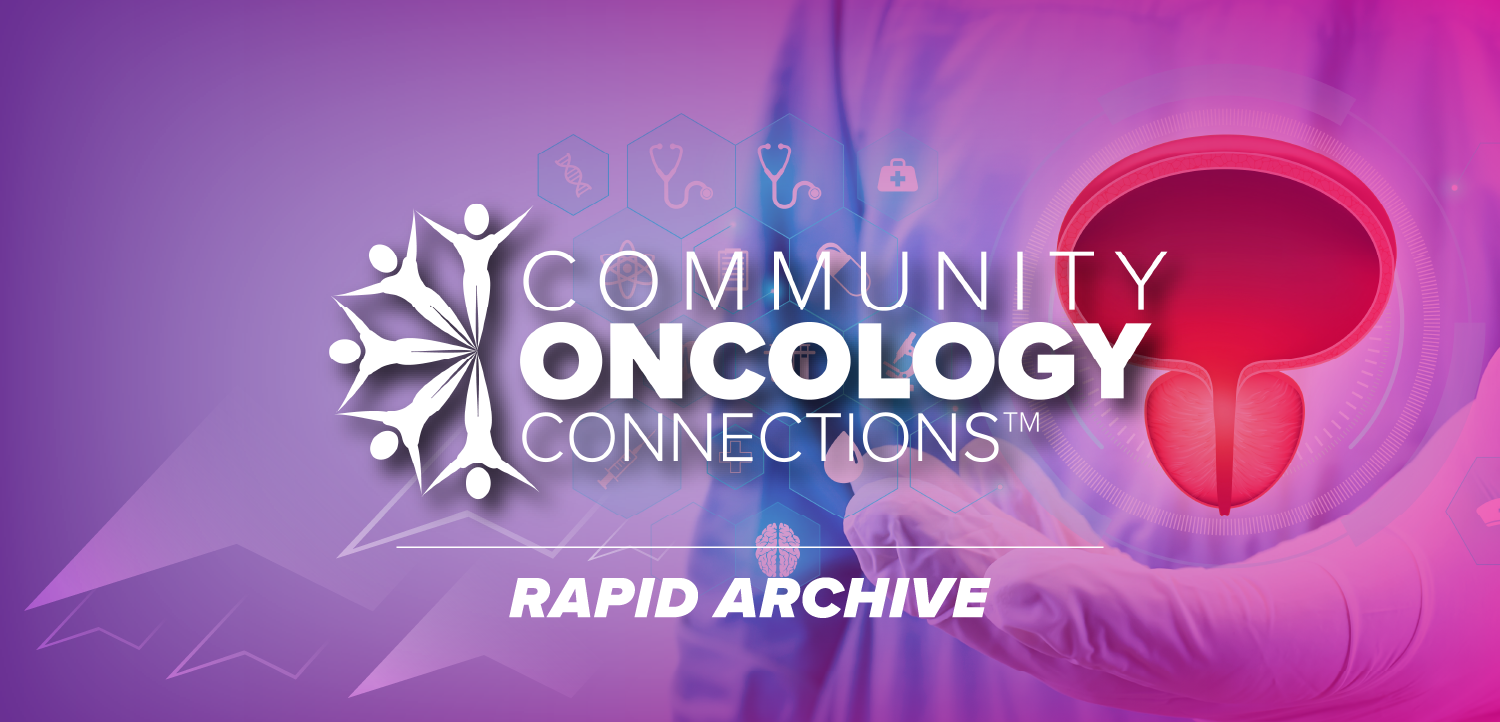Sublingual Epienphrine Film Well Tolerated in Children, Matches Efficacy Seen in Adults
Sublingual epinephrine film matches adult PK/PD in kids aged 7-17 with a history of allergic reactions and high risk for serious allergic reactions, incluing anaphylaxis.
AQST-109 (Anaphylm; Aquestive), a sublingual film formulation of epinephrine, has demonstrated pharmacokinetic (PK)and safety profiles in pediatric patients comparable to those seen in adults, according to data from a phase 1 study presented at the American College of Allergy, Asthma, and Immunology 2025 annual meeting in Orlando.1
The findings suggest this needle-free delivery method could provide an alternative to traditional epinephrine auto-injectors for children at risk of anaphylaxis, Aquestive noted in a statement.2
An earlier pivotal study conducted with AQST-109 in healthy adults demonstrated comparable epinephrine pharmacokinetics and exposure to both manual intramuscular injections and epinephrine autoinjectors as well as rapid and consistent increases in pharmacodynamic endpoints.3 The current study aimed to determine the comparability of findings in a pedicatric population to the adults findings.
The open-label, single-treatment study enrolled 32 participants aged 7 to 17 years, all weighing at least 30 kilograms and having a history of allergic reactions with high risk for serious allergic reactions. Mean age was 13 years, median weight was 47.15 kg, and 20% of the population were boys. Participants recieved a single 12 mg dose of AQST-109, which contains an epinephrine prodrug. PK parameters, the primary study endpoint, were measured by plasma epinephrine concentration and secondary endpoints included effects observedc from 0 to 60 minutes following AQST-109 adminstration and time to maximum effect for heart rate and blood pressure (systolic and diastolic).1
FIndings Comparable to Adults
The investigators reported rapid systemic epinephrine absorption in the pediatric cohort following AQST-109 administration.1 The mean maximum concentration (Cmax) reached 568.6 pg/mL in children (compared to 470.2 pg/mL in adults from the prior study). The median time to maximum concentration (Tmax) was 10.0 minutes in pediatric patients vs 12.0 minutes in adults. Cross-study statistical analyses using 2-sample t-tests on natural log transformed values suggested no statistical difference between the adult and pediatric populations, according to the abstract.1
Treatment with AQST-109 produced expected cardiovascular responses consistent with epinephrine's known pharmacology. The median time to maximum effect for heart rate was 12.0 minutes, with a mean maximum increase of 12.5 beats per minute. For blood pressure, the median time to maximum effect was 11.0 minutes for systolic and 8.0 minutes for diastolic pressure, with mean maximum increases of 15.4 mm Hg and 9.8 mm Hg, respectively.1
Study investigator David Golden, MD, clinical associate professor of medicine at Johns Hopkins University School of Medicine, addressed the safety profile directly: "If nobody had those side effects, the drug probably wouldn't be working," Golden said in an interview with Patient Care© partner website HCPLive.©4 He emphasized the distinction between expected pharmacologic effects and true safety concerns, noting that epinephrine's cardiovascular effects serve as markers of drug activity rather than cause for alarm.4
Adverse Events Mild, Self-Limited
Treatment-emergent adverse events occurred in 84.4% of participants, though most were mild and self-resolving, the authors noted. Patient-reported events occurring in at least 5% of participants included hypoesthesia (12.5%), paresthesia (12.5%), discomfort (12.5%), nausea (12.5%), vomiting (9.4%), and pain (6.3%). The numbness and tingling sensations were attributed to the permeation enhancer used in the formulation.1
Clinician-observed oral cavity findings proved more common than patient symptoms might suggest. During routine oral examinations, investigators documented exfoliation in 28.1% of participants, erythema in 18.8%, pallor in 15.6%, and ulceration in 9.4%. However, 57% of these clinician-observed events were asymptomatic. All but one of the oral findings were either asymptomatic or mild in severity, and only one of the three ulcerative events was mildly symptomatic. No serious adverse events occurred in the study.1
"Epinephrine is not a dangerous drug," Golden added. "It may make your heart race, it may make you shaky. That just shows that it's working. Can it raise the blood pressure and heart rate in an elderly person who has heart problems? Yes. But if that person is [experiencing] anaphylaxis, that's way more dangerous than giving them the epinephrine."4
The investigators noted that research continues to develop an appropriate sublingual dose for children weighing less than 30 kilograms, which could further expand access to the orally administered delivery system.
"Sublingual film can rapidly achieve therapeutic epinephrine levels without injection, offering a non-invasive pediatric anaphylaxis management option," study authors concluded in their abstract. "The findings further highlight the potential of sublingual film to expand treatment accessibility across a broad age range."1
Note: The tradename Anaphylm is conditionally approved by the FDA.
References
- Kraus C, Anagnostou A, Greehawt M, Confer N, Golden D. Phase 1 evaluation of sublingual film: pharmacokinetics/pharmacodynamics, safety, tolerability in at risk pediatric patients. Ann Allergy Asthma Immunol. 2025;135:5(suppl_1). doi:10.1016/j.anai.2025.08.032
- Aquestive Therapeutics reports third quarter 2025 financial results and provides business update. News release. Aquestive Therapeutics. November 5, 2025. Accessed November 10, 2025. https://investors.aquestive.com/news-releases/news-release-details/aquestive-therapeutics-reports-third-quarter-2025-financial#
- Kraus CN, Wargacki S, Golden D, Lieberman J, Greenhawt M, Camargo Jr CA. Integrated phase I pharmacokinetics and pharmacodynamics of epinephrine administered through sublingual film, autoinjector, or manual injection. Ann Allergy Asthma Immunol. 2025;134(5):580-586. doi: 10.1016/j.anai.2025.01.006
- Golden D, Derman C. Sublingual epinephrine film well tolerated in children, with David Golden, MD. HCPLive. November 10, 2025. Accessed November 10, 2025. https://www.hcplive.com/view/sublingual-epinephrine-film-well-tolerated-in-children-with-david-golden-md
Newsletter
Enhance your clinical practice with the Patient Care newsletter, offering the latest evidence-based guidelines, diagnostic insights, and treatment strategies for primary care physicians.





























































































































































































































































































